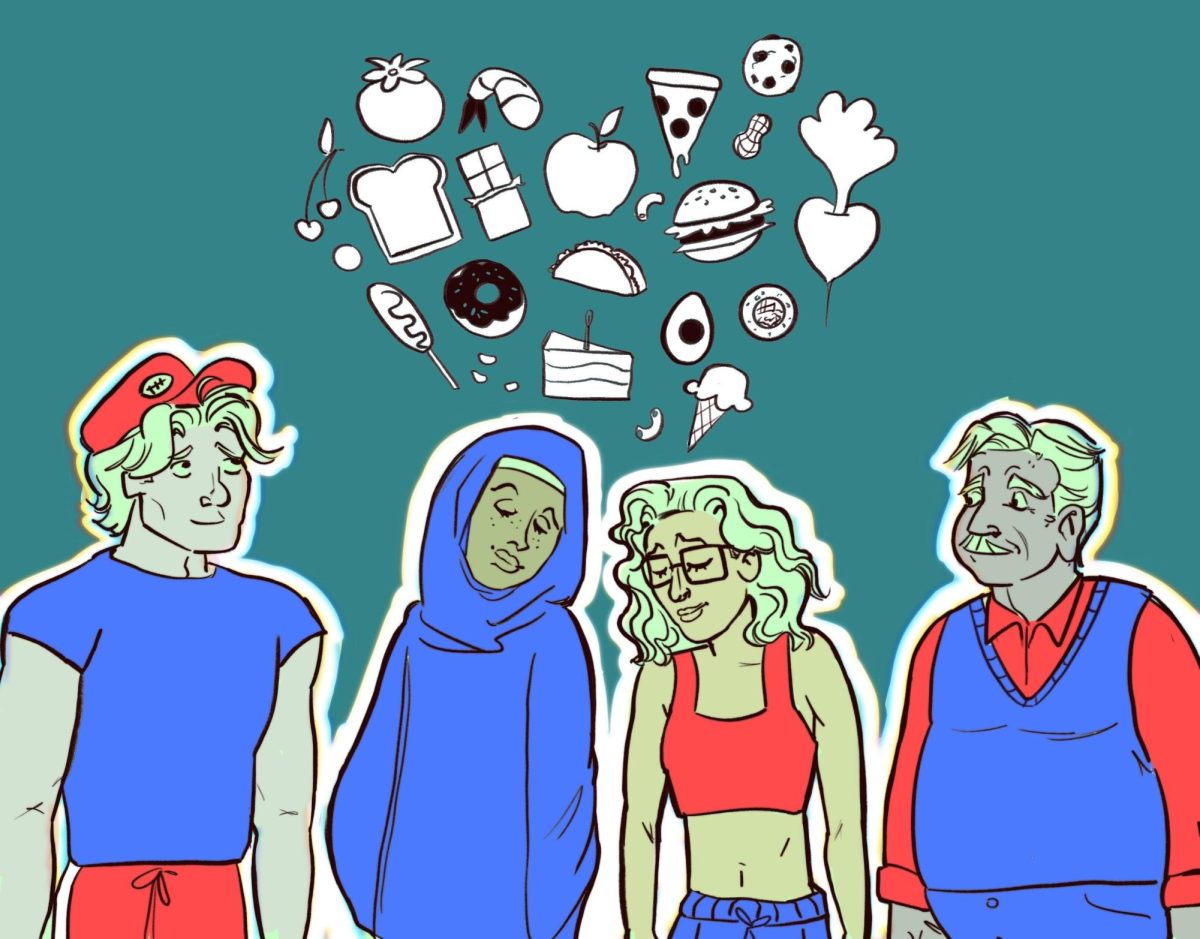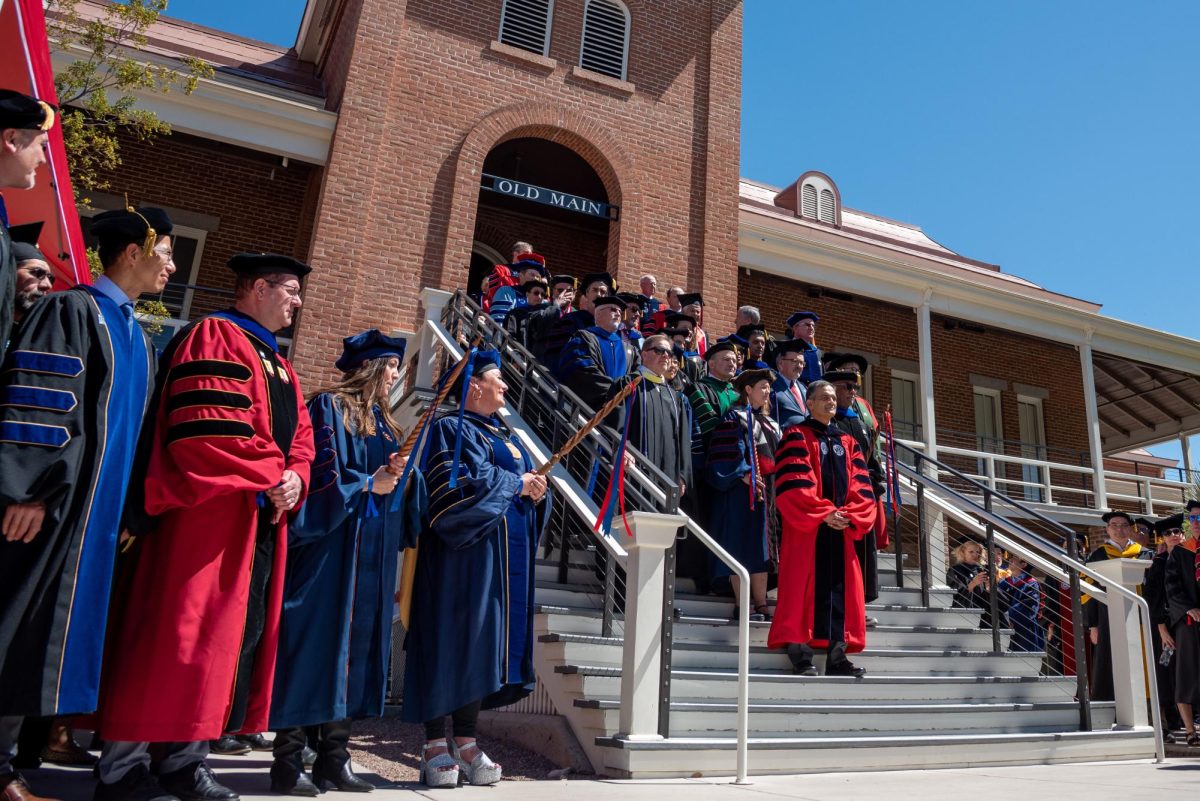Transitioning to any college, especially one as large as the UA, can be a stressful time for students, but the Student Transitions center at the UA tries to help students adjust to the halls of the university.
“”If someone is struggling, we want to take a more proactive approach,”” said Christine Salvesen, director of academic success and achievement at Student Transitions.
As a member of the New Start 20 years ago, her full circle experience with students coming into the UA has given her special insights into the new student experience.
“”The whole goal is to provide that practical support,”” Salvesen said, “”so they can come before it’s a problem.””
The center has a new program designed to offer peer-to-peer experiences to incoming students. Started as a pilot program to support students enrolled in large courses at Centennial Hall last year, the mission of the full-fledged program is to “”create a sense of community among students, staff and faculty, facilitates learning, and models inclusive design,”” according to the Student Transitions website.
Over time, the programs are tweaked based on student feedback and specified research.
Many of the programs, according to Mary Frances Kuper, Student Transitions coordinator of the New Start Summer Program, have expanded in recent years. In fact, the New Start Summer Program itself saw a 26 percent increase in enrollment this summer.
New Start spans six weeks and acts as a bridge program for freshmen to get acclimated to university life and its differences from the high school experience.
To help students with the transition, the center partners with departments all across campus, such as Residence Life, the Bursar’s Office, the Arizona Student Unions, Career Services, the UA Main Library and the Admissions office.
Brianna Thaut is the student transitions coordinator of Maximum Educational Results In Two Semesers, a two-semester program which aims to deliver information about the importance of higher education and focuses on certain ethnic groups. As part of MERITS, Thaut runs the First Year Scholars Program in coordination with the Native American Student Affairs center, as well as 360 Scholars for African American students and Edge for Asian & Pacific Islander students. She noted that although some programs have shifted from being run by the cultural centers to being housed in Transitions, their missions haven’t changed: to broaden the base of those who know about and use the programs.
“”Our goal with all of our programs is to grow the number of students we serve, help transition, retain and graduate them,”” Thaut said. “”I think that the students we serve have enjoyed the program and several have applied to be peer advisors in future years.””
Jeanais Brodie, student transitions coordinator of the National Student Exchange and Transfer Student Services program, noted that her experience with students coming into the school, whether as permanent transfers from different universities or as semester exchange students, has shown her just how much students need to utilize transitional resources like the ones she directs.
“”When you have a school that’s as large as this one is, it’s hard to just walk into an office at any time or know everybody.””
The NSE is a national program that allows UA students to study at participating institutions in the United States and Canada, while still staying on track for graduation. Transfer Student Services was created to address the individual needs of new UA students who have already attended another college or university, like Pima Community College.
Akin to the cohort program for student transitions, 10 former transfer students will act as transfer student cohorts, and will be assigned to a cluster of colleges within the university to aid new transfer students in their transition to the UA.
With their extensive work with students filtering into the UA and what looks to be one of the biggest incoming freshman classes in recent years, the coordinators had some advice for incoming students.
“”Don’t be afraid to ask questions. There’s a tremendous amount of resources so take advantage,”” Brodie said. “”The time that you spend in a university environment is important and (these resources) are already on your bill, so you might as well use them.””
“”Two things,”” Salvesen said. “”One is to not be afraid to ask for help, it can be a peer or a staff member, just be sure to make that connection. And the other thing is to just reach out to faculty, get to know their interests through research or study groups.””
Kuper reinforced Salvasen’s advice by stressing the importance of students being their own best advocates when voicing their concerns and getting the information they need.
“”It’s that self-advocacy,”” Kuper said. “”Recognizing the problem and asking for help. Just find what works.””







